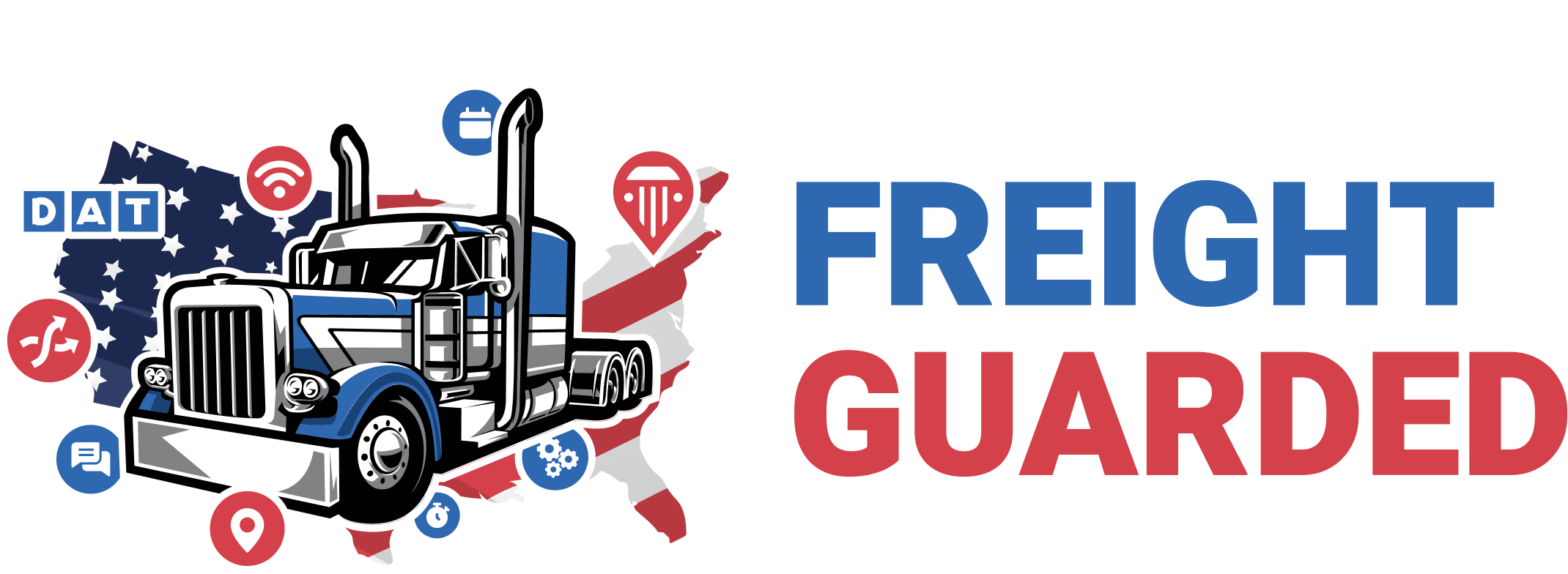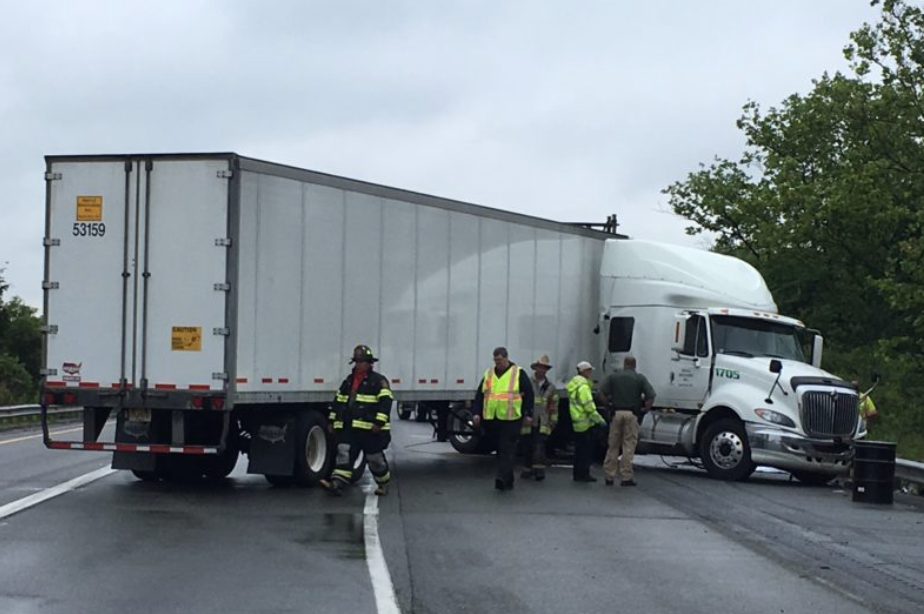Commercial Motor Vehicles (CMVs) are involved in a variety of accidents on the roads, some of which occur more frequently than others. Understanding the most common types of CMV accidents can help in developing strategies to prevent them. Here are some of the most prevalent types:
1. Rear-End Collisions
CMVs require a longer distance to stop compared to smaller vehicles, especially when fully loaded. Rear-end collisions often occur when a CMV cannot stop in time to avoid hitting a vehicle in front of it or when another vehicle cuts in front of a CMV and slows down suddenly.
2. Side-Impact Collisions
Also known as "T-bone" or "broadside" collisions, these occur when the side of a CMV is struck by the front or rear of another vehicle. This can happen at intersections, due to running a red light or failing to yield the right of way.
3. Rollovers
CMV rollovers can happen due to various reasons, including taking curves too fast, improper cargo loading leading to a shift in the center of gravity, or sudden maneuvers to avoid obstacles or other vehicles. Rollovers are particularly dangerous and often lead to severe injuries or fatalities.
4. Jackknife Accidents
A jackknife accident occurs when the trailer of a semi-truck swings out and forms an acute angle with the truck cab, resembling the folding of a pocket knife. This can be caused by sudden braking, slippery road conditions, or improper handling during a turn.
5. Blind Spot Accidents
CMVs have significant blind spots ("No-Zones") around the front, back, and sides of the vehicle. Accidents can occur when a CMV changes lanes or turns without noticing a smaller vehicle in these blind spots.
6. Underride Collisions
In an underride collision, a smaller vehicle crashes into the back or side of a CMV trailer and slides underneath it. These accidents can be particularly devastating due to the potential for the top of the smaller vehicle to be crushed.
7. Lost Load Accidents
Improperly secured or overloaded cargo can lead to accidents if the cargo falls off the CMV and onto the roadway, creating obstacles for other vehicles. This can cause multi-vehicle pile-ups and significant roadway hazards.
8. Wide Turn Accidents
When making right turns, CMVs often need to swing wide to accommodate the trailer. Accidents can occur if the CMV driver fails to notice vehicles on the inside of the turn, leading to collisions.
9. Head-On Collisions
Although less common than other types, head-on collisions involving CMVs are extremely dangerous and often result in fatal outcomes. These can occur due to wrong-way driving, fatigue, or loss of control.
10. Bridge Strikes
CMVs that exceed the height limitations of overpasses and bridges can collide with these structures, causing what is known as a "bridge strike." These incidents can lead to significant structural damage and potential injuries.
To mitigate the risk of these accidents, it is crucial for CMV drivers to receive proper training, adhere to safety regulations, maintain their vehicles properly, and practice defensive driving. Additionally, public awareness about sharing the road safely with CMVs can contribute to reducing the frequency of these accidents.

.thumb.jpg.79710ba0be5a9f3be83fb45bcaf36e79.jpg)

